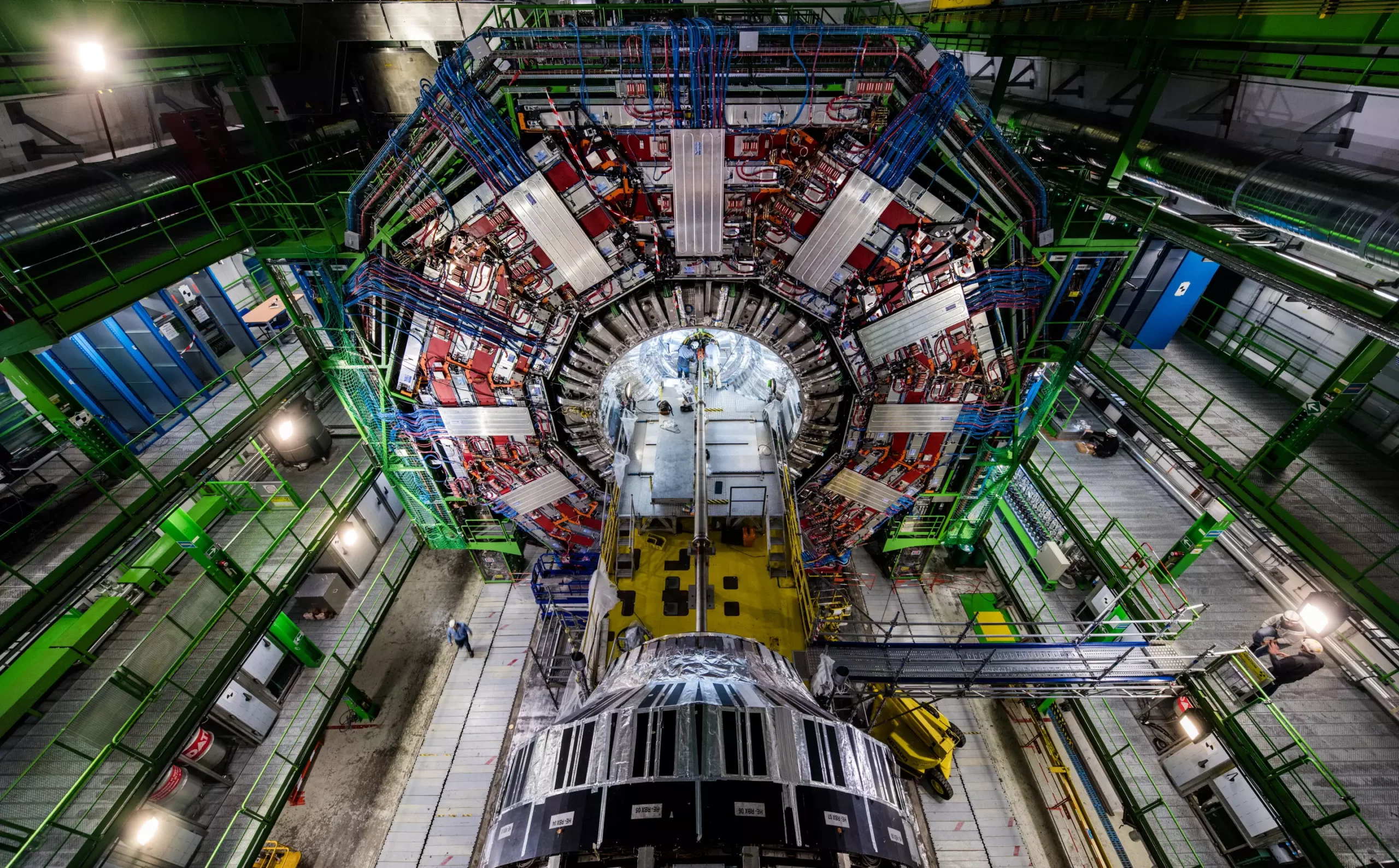The pursuit of knowledge in fundamental physics took a significant leap forward in 2022 when the Compact Muon Solenoid (CMS) experiment at CERN’s Large Hadron Collider (LHC) made an unprecedented measurement of the W boson mass. This particle, pivotal to the Standard Model, serves as a mediator of the weak nuclear force. After nearly ten years of meticulous research and analysis, the CMS team presented results that not only reaffirm existing theories but also offer profound insights into the workings of the universe’s fundamental forces.
The measurement of the W boson’s mass is crucial because it helps physicists understand the interrelations among fundamental particles and the forces acting between them. The CMS experiment utilized 300 million events from the LHC’s 2016 run, complemented by a staggering quantity of 4 billion simulated collision events. From this expansive dataset, the researchers successfully reconstructed and measured the mass of over 100 million W bosons, yielding a value of 80,360.2 ± 9.9 megaelectron volts (MeV). This finding aligns closely with the long-standing predictions of the Standard Model, which anticipated a mass of 80,357 ± 6 MeV.
This recent measurement is heralded as one of the most accurate assessments of the W boson’s mass to date, boasting a precision rate of 0.01%. To illustrate the significance of this precision, one can compare it to measuring the length of a 4-inch pencil with an accuracy of just 0.0002 inches. Achieving such accuracy in measuring a particle that is effectively point-like, with no physical volume, is no small feat. As Anadi Canepa, deputy spokesperson for the CMS experiment at Fermilab, aptly put it, the task is extraordinarily challenging due to the inherent complexity involved in working with fundamental particles.
One of the key factors that set CMS apart from other experiments is its innovative design. The experiment employs specialized sensors that are adept at detecting muons, alongside a powerful solenoid magnet that directs the trajectories of charged particles. Such cutting-edge technology not only facilitates precision measurements but also enhances the overall robustness of the experimental findings.
In the realm of particle physics, measuring the mass of fundamental particles often entails reconstructing data from their decay products. The W boson presents a unique challenge in this regard, as it decays into a fundamental particle known as a neutrino, which eludes detection in collider experiments. Consequently, physicists often metabolize the complexity of these decays, working with half the data at their disposal. This necessitates a high level of creativity and dependency on theoretical modeling to complete the picture.
To counteract these challenges, researchers developed intricate simulations of collider events leading up to the W boson’s decay. The precision of these measurements is vital, as even minute discrepancies can lead to significant miscalculations in the final analysis. Josh Bendavid, a scientist involved in the CMS project, highlighted the importance of its calculated precision, stating that even minor detector deformations could skew results.
Shifting Perspectives: Moving Beyond Traditional Models
Traditionally, experiments would use the Z boson, a closely-related particle, as a reference point when conducting their analyses of the W boson. However, the CMS team sought to enhance their accuracy by directly measuring the W boson with minimal reliance on the Z boson. By employing advanced theoretical developments and capitalizing on their extensive dataset, the CMS team was able to constrain theoretical inputs to their W boson analysis more effectively.
This marks a significant shift in methodology, as stated by Elisabetta Manca, a researcher at UCLA. The innovation allows physicists to reduce uncertainties that were previously inherent in extrapolating data from the Z to the W boson. This new approach has the potential to redefine how particle masses are measured and understood, opening avenues for deeper investigations into the fundamental forces of nature.
The recent breakthroughs in measuring the W boson’s mass undoubtedly signify a monumental advancement for the field of particle physics. By merging cutting-edge technology with innovative analysis techniques, the CMS experiment has set the stage for future explorations into the intricate tapestry of the universe’s fundamental forces. As researchers continue to push the boundaries of our understanding, they stand poised to uncover new particles and forces that could reshape our comprehensive picture of the cosmos.
The implications of these findings extend far beyond mere academic curiosity; they touch upon the foundational principles that govern the universe. The results serve as a clarion call for the scientific community to forge ahead in exploring the mysteries of matter and energy, enhancing our understanding of the universe at its most fundamental level. As the quest for knowledge continues, the trajectory of particle physics witnesses a promising new chapter, driven by unprecedented measurements and discoveries.


Leave a Reply